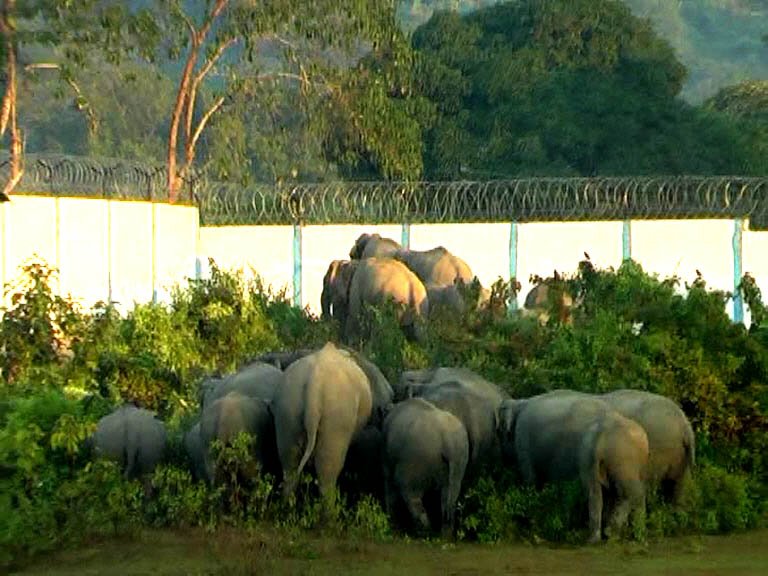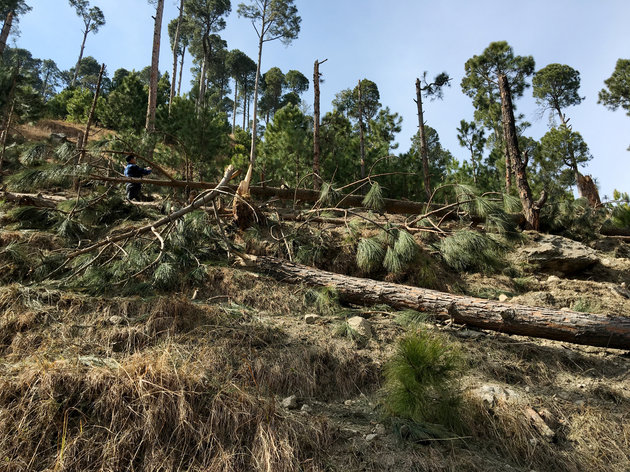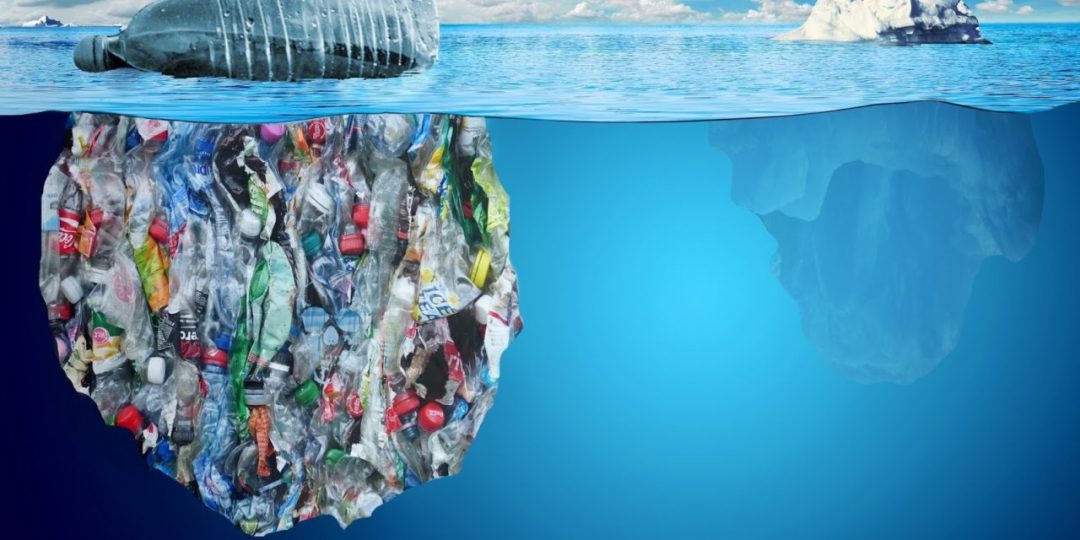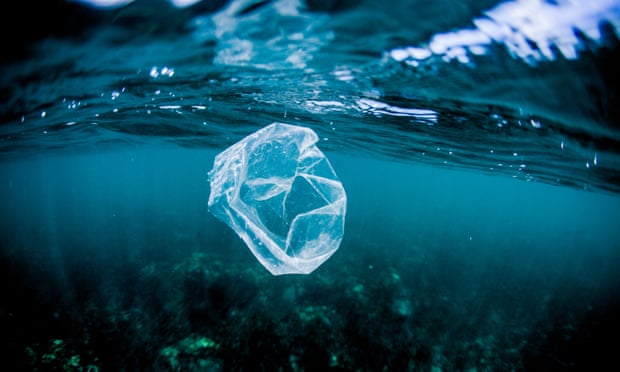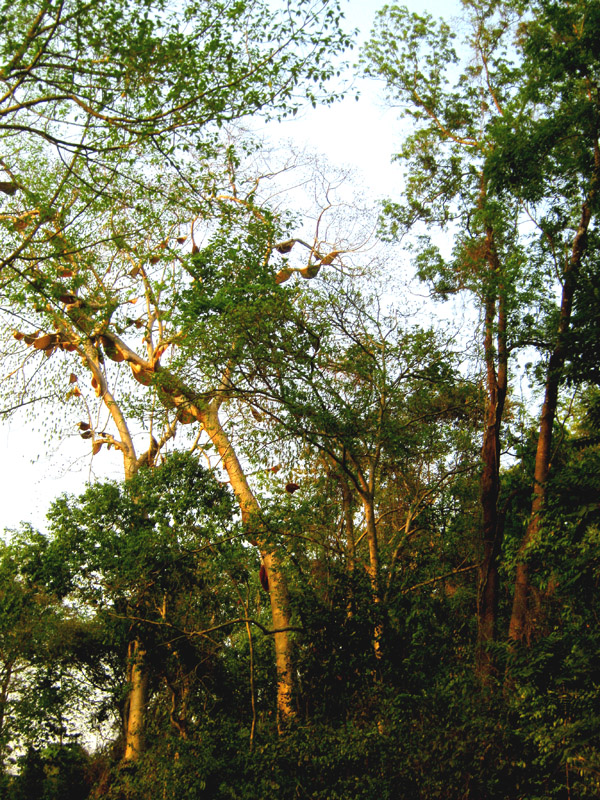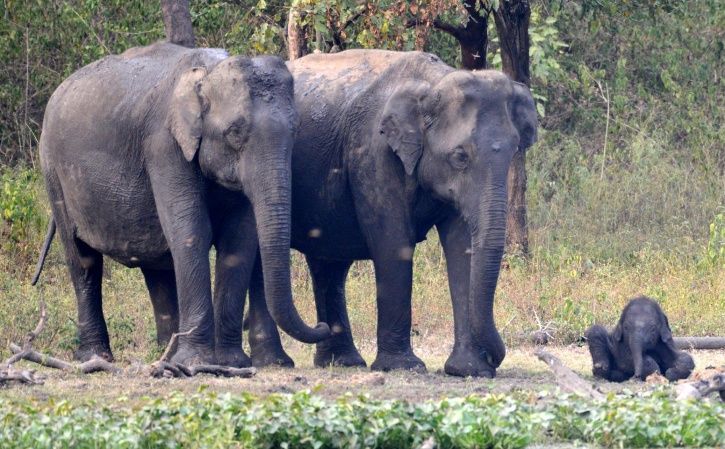New Delhi: An elephant corridor near Kaziranga National Park, Assam, continues to be blocked by a concrete wall erected by Numaligarh Refinery Limited (NRL), an oil company in the state’s Golaghat district. This is even after the Supreme Court set aside its civil appeal defending the action.
NRL is a Miniratna public-sector enterprise under the Ministry of Petroleum and Natural Gas. It was inaugurated in 1999 by then Prime Minister Atal Bihari Vajpayee. More recently, Prime Minister Narendra Modi laid the foundation stone for its biodiesel plant.
On January 18, a bench of the apex court comprising Justices D.Y. Chandrachud and M.R. Shah dismissed the NRL’s plea because the 2.2-km-long boundary wall is within 20 km of Kaziranga. More importantly, the area where the wall stands is also part of the Deopahar Reserve Forest. This forest connects Kaziranga to the Karbi Anglong hills and has been a traditional animal corridor.
Acknowledging its strategic importance to elephants in the area, the Assam government on January 19 notified Deopahar as a reserve forest under Section 17 of the Assam Forest Regulation 1891.
Also read: Oil and ‘Outsiders’: Outrage in Assam Over the BJP’s Decision to Privatise Oil Fields
When the NRL build the wall in 2011, Deopahar had been a proposed reserve forest. Then again, the wall at the time was within a ‘no development zone’ notified by the Ministry of Forest and Environment in 1996.
The NRL boundary wall appropriates an area that the company wants to use to extend its township, which includes a golf course. It submitted to the court that the wall had built on land it possessed and that it didn’t fall within the elephant corridor. However, dismissing the plea, the court reportedly contended, “Elephants have the first right to the forest. Elephants do not go to office in a designated route. We can’t encroach upon the elephants’ areas.”
On August 24, 2016, the National Green Tribunal (NGT) directed the district administration to demolish the wall. This order was in response to a petition filed by Rohit Choudhury, a local environmental activist, in August 2015. Choudhury had been motivated by an incident in which an elephant reportedly sustained a fatal haemorrhage after bashing its head against the wall trying to break it.
The NRL then filed a review application with the NGT before the one month compliance period ended, which the tribunal dismissed on August 3, 2018. It also asked the district administration to follow its earlier order within a month and the NRL to cough up Rs 25 lakh to help afforest the area.
While the NGT was hearing the case, a short YouTube video captured by a local youth showing a herd of elephants trying to push themselves against the controversial wall created a sensation among the green activists and concerned citizens.
But there was an issue in between. According to Choudhury, the district administration decided to demolish 289 metres of the wall in March 2018 – before the NGT had responded to the review petition.
The decision to demolish only a part of the wall was made on the basis of a survey report compiled by a local circle officer and an official of the forest department. It had then been submitted to the district commissioner (at the time). According to the report, the NRL had encroached upon only one hectare of land; it claimed that the rest belonged to the company.
N.K. Vasu, the state’s principal chief conservator of forests, had told this correspondent then, “It has nothing to do with the [August 2016] NGT order. The case is still on and it is sub-judice.”
However, soon after, the state government filed an affidavit with the NGT that it had complied with the order.
The NRL used this survey report to back up its appeal with the Supreme Court, claiming that it legally owned most of the land. However, the court wasn’t interested.
An appeal to the Supreme Court is the only legal way to challenge an NGT order. Before doing so, the NRL also applied for and received a stay from the Gauhati high court. Though the high court didn’t have jurisdiction under the NGT Act to stay a tribunal order, it did so on the back of a letter by the then district commissioner, which said that the administration would demolish the wall.
Thereafter, the law required the NRL to approach the apex court. However, though the court has upheld the NGT order, oil refinery authorities are citing the high court’s order seeking status quo in the matter and to not to proceed with the demolition.
After the Supreme Court order, Jayashree Naiding, the divisional forest officer, wrote a letter to the NRL. In reply, the chief general manager (human resources) of the NRL wrote to Naiding on February 14:
This is to inform you that the matter is sub-judice in the Honourable Gauhati High Court and has been directed to maintain status quo as regard to the remaining hectares of land as on today till the returnable date. The said status quo is in operation till date. Therefore, you are requested to comply with the aforesaid orders of the Honourable Gauhati High Court and maintain the same.
“I am a bit perplexed by the NRL’s argument,” Choudhury said, “as the SC order of January 18 clearly stated that pending appeals, if any, shall stand disposed of.”
Naiding told The Wire that she had “forwarded the response of the NRL to the higher officials” of her department and that she is “awaiting further advice on the issue”. She added that she had also communicated [the matter] to the district commissioner” – which is currently Dhiren Hazarika.
Hazarika has also written a letter to the NRL asking them to comply with the order. “I am new to the place and am studying the case,” he told The Wire.
Also read: Oil Exploring Survey Near Kaziranga Cancelled After Locals Chase Away Firm
However, he also alleged that the NRL had concealed the fact that it had received a stay order from the Gauhati high court in its appeal to the Supreme Court. “So I am writing a letter to the advocate general of the state for further advice on how to proceed legally in this case.”
Meanwhile, Choudhury has written to Alok Kumar, the state’s chief secretary, about how NRL has failed to comply with the Supreme Court order even after a month had passed. He said he had sent copies of the letter to the local administration and the registrar of the Supreme Court.
Dated February 20, the letter reads:
Non-demolition of the entire boundary wall will attract penalty under Sections 26, 27 and 28 of the National Green Tribunal Act, 2010. It will also be contempt of the honourable Supreme Court’s order. Therefore, it is stated that the illegal boundary wall constructed by NRL in the Deopahar forest of ‘No Development Zone’ be demolished immediately. In case no action is taken urgently to demolish the said boundary wall, then the undersigned will be constrained to take legal recourse as mandated by law against the Chief Secretary [and other officers of the district administration].
As of March 4, he hadn’t heard back from the state administration.
First publishe in The Wire


